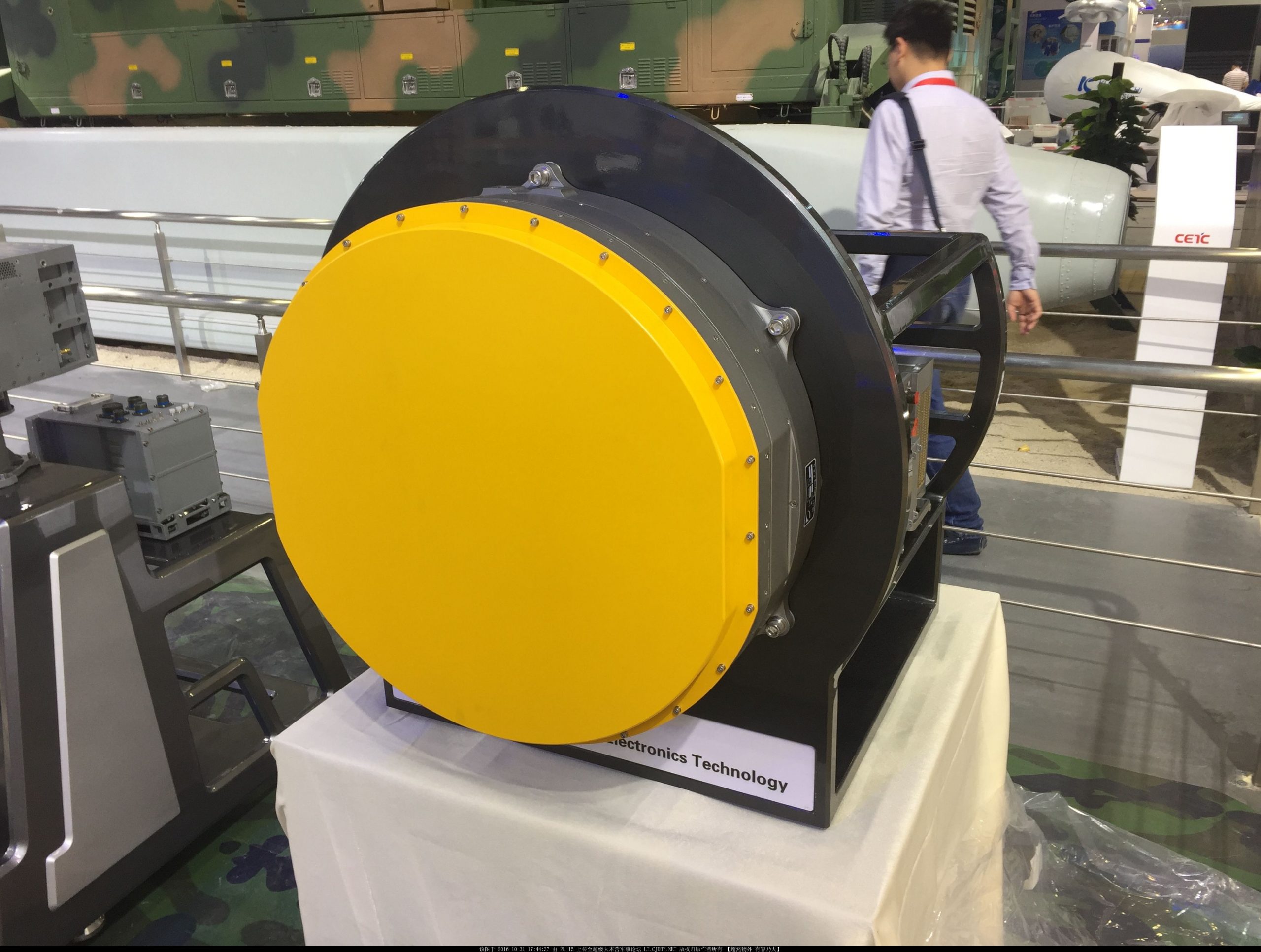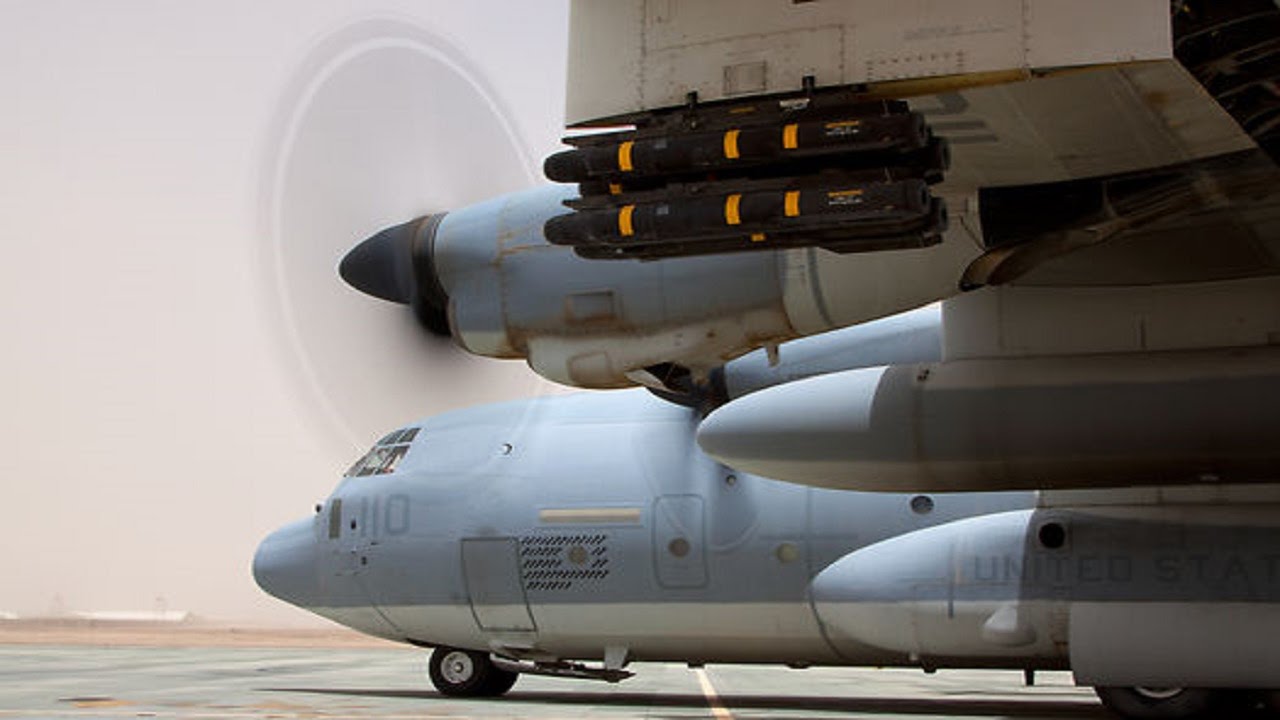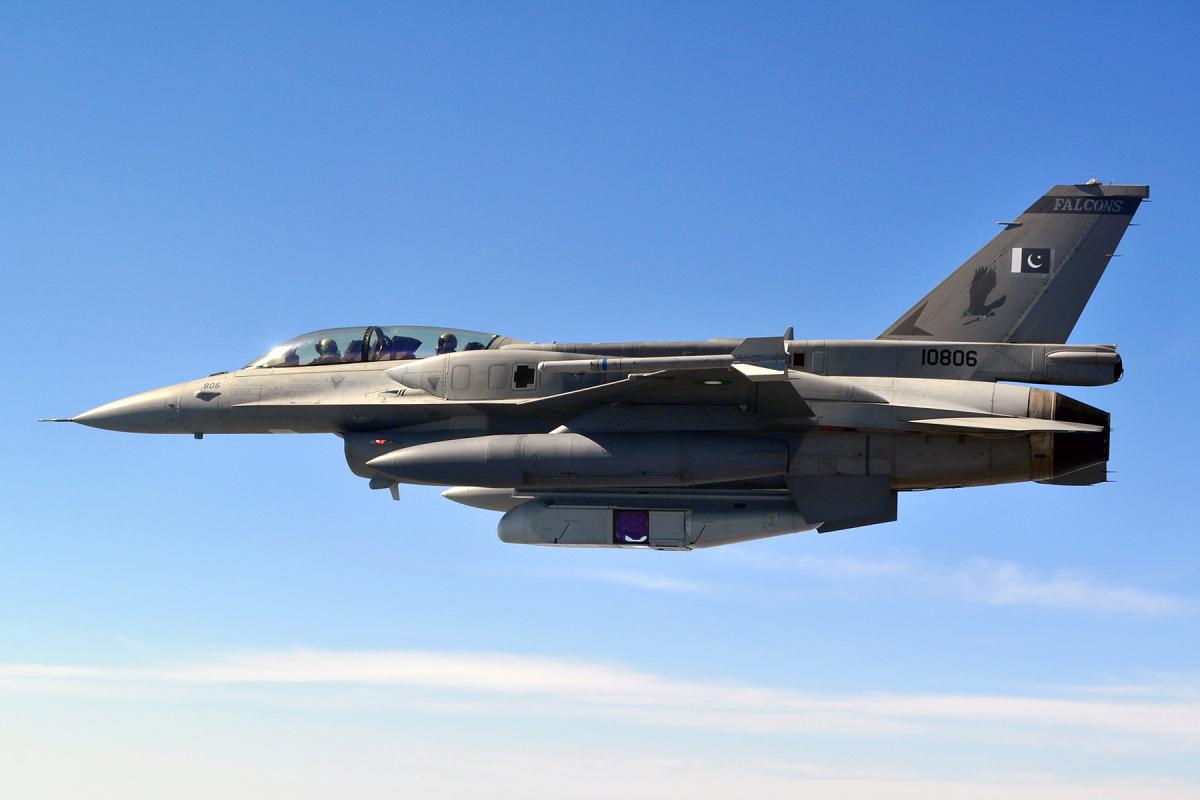36Views 29Comments

Pakistan aims to domestically produce AESA radars
In his speech celebrating Pakistan Aeronautical Complex’s (PAC) achievement of overhauling its 1,000th aircraft, the Pakistan Air Force’s (PAF) Chief of Air Staff (CAS) Air Chief Marshal (ACM) Sohail Aman stated that PAC’s future lies in the development of active electronically-scanned array (AESA) radars.
Designed to overcome the electronic warfare (EW) and electronic countermeasures (ECM) weaknesses of legacy pulse-Doppler radars, AESA radars have effectively become the standard for modern air, land and naval applications. Functionally, AESA radars utilize many individual transmit/receive – or transceiver – modules (TRM), each emitting its own radio signal as though (in simple terms) it is a mini-radar.
Thus, an AESA radar system is transmits in different signals, which makes it difficult for EW/ECM systems, such as digital radio frequency memory (DRFM)-based jammers. DRFM jammers operate by singling out an opposing radar’s radio waves, and then re-transmitting in the same signal. In turn, the radar would be at risk of jamming. However, because AESA radars transmit in many different signals, and change those signals with each pulse, jamming is more difficult.
The PAF is intending to configure the forthcoming JF-17 Block-III with an AESA radar, which it is expected to select in May (Aviation Week). The leading candidates are the Nanjing Research Institute of Electronics Technology (NRIET) KLJ-7A and Leonardo Vixen 1000E. It is unclear if transfer-of-technology for licensed local production is on the table for either option, but PAC’s Avionics Production Factory does list the KLJ-7 and Grifo-7 among the systems it produces, though the extent is not known.
While one can expect licensed manufacturing of AESA radar components for the JF-17, the PAF could also direct PAC towards the more ambitious – and commensurately rewarding – route of becoming Pakistan’s main radar vendor. In other words, turnkey domestic AESA radar manufacturing, which would provide the armed forces with substantially greater freedom (to configure their weapon systems) and, over the long-term, provide cost-savings by reducing imports (and increasing work for the local industry).
In fact, one of the underlying pieces of an AESA radar – i.e. the active phased-array TRM – can be applied to EW/ECM and other sensor solutions, such as synthetic aperture radars (SAR) for ground-mapping. PAC mastering this technology would enable to undertake a significant amount of development work, not just for the PAF, but the Pakistan Army and Pakistan Navy as well. In terms of applications, PAC could produce modern EW/ECM suites, SAR and AESA radars, and solutions for onboard fighter aircraft, special mission aircraft, drones, naval warships, and land-based integrated air defence systems.
The potential benefits are significant, but the methods available to Pakistan for undertaking the effort of possessing its own AESA radar technology are another matter. The armed forces will need to invest in the country’s organic research and development (R&D) base to build the requisite technical competency, especially in terms of human resources and industry infrastructure. Even in the best-case scenario of collaborating with a technology partner in China and/or Turkey, Pakistan will need to have to contribute to the overall effort, lest it be just a recipient. In such cases, it may be difficult to open collaborative routes. The Transfer-of-technology route would also be capital-heavy, and it too would require building domestic skills and infrastructure (to absorb the technology). Organic R&D investment is essential. Kamra Aviation City, which is due to start post-graduate programs in April 2017, would be a means to execute on this necessity (for AESA radars as well as the next-generation fighter program).
To his credit, ACM Sohail Aman has maintained a consistent stand in that he has been openly assertive of indigenization, stating that supply-side independence is the core objective of the PAF’s current roadmap – Vision 2030. Given the applicability of AESA radar technology for land and sea applications, one would hope that support for this initiative would also come from the Pakistan Army and Pakistan Navy. With the country’s fiscal limitations, tri-services collaboration would certainly help, especially for forming the basic R&D foundations to enable serious development.


